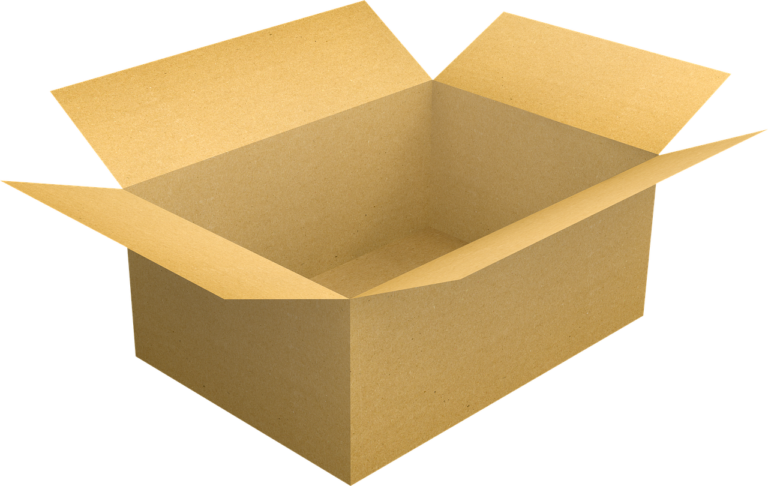
Insights
The Journey of Cardboard Creation
In the bustling world of small businesses, where every decision counts, opting for eco-friendly solutions isn’t just a trend; it’s a responsibility. Among the myriad of sustainable choices available, cardboard stands out as a versatile and environmentally conscious material. But have you ever wondered about the journey of cardboard, from raw materials to the sturdy packaging we rely on daily? Let’s peel back the layers and explore how cardboard is made, shedding light on its eco-friendly essence along the way.
1. Raw Materials:
Cardboard manufacturing starts with the humble beginnings of trees. The primary raw material for cardboard production is wood pulp, typically sourced from sustainably managed forests or recycled paper products. Small businesses can align with sustainability goals by opting for cardboard products made from recycled materials, thereby reducing the demand for fresh wood pulp and promoting a circular economy.
2. Pulping Process:
Once harvested, the wood undergoes a pulping process to break down the fibers into a pulp. This can be achieved through mechanical or chemical means. Mechanical pulping involves grinding the wood down into fibers, whereas chemical pulping utilizes chemicals to dissolve the lignin, a natural adhesive that binds the fibers together. While both methods have their merits, small businesses aiming for eco-conscious practices may lean towards mechanical pulping due to its lower environmental impact.
3. Forming the Cardboard:
After pulping, the resulting pulp undergoes a series of refining processes to achieve the desired consistency and quality. It’s then mixed with water to form a slurry-like mixture, which is spread onto a moving mesh screen. As the water drains away, the fibers begin to bond together, forming a thin layer of wet cardboard known as the linerboard. Another layer of corrugated medium, made from the same pulp but with a fluted structure for added strength, is added on top to create what’s known as corrugated cardboard.
4. Heating and Pressing:
The newly formed cardboard sheet then undergoes a process of heating and pressing to remove excess moisture and strengthen the bonds between the fibers. This step, known as drying and gluing, typically involves passing the cardboard through a series of heated rollers while applying adhesive to ensure proper bonding. Opting for water-based adhesives during this stage further enhances the sustainability of the cardboard product.
5. Cutting and Shaping:
Once dried and hardened, the cardboard is ready to be cut and shaped according to the specific requirements of the intended product, whether it be packaging boxes, display stands, or protective padding. Advanced cutting technologies allow for precise customization while minimizing waste, making cardboard an efficient and cost-effective solution for small businesses.
6. Recycling and Beyond:
One of the most remarkable aspects of cardboard is its recyclability. After serving its primary purpose, cardboard products can be collected, processed, and turned back into pulp to begin the manufacturing journey anew. By prioritizing the use of recycled cardboard and implementing recycling programs within their operations, small businesses can significantly reduce their environmental footprint and contribute to the conservation of natural resources.
In the realm of small businesses, where every decision carries weight, embracing eco-friendly practices isn’t just a choice; it’s a commitment to sustainability and responsible stewardship of the planet. Through understanding the journey of cardboard creation – from sustainably sourced raw materials to the final recyclable product – small businesses can make informed decisions that align with their values and contribute to a greener future. So, the next time you reach for a cardboard box or packaging solution, remember the eco-friendly marvel that lies within its humble layers.
